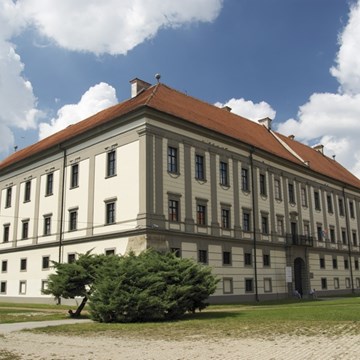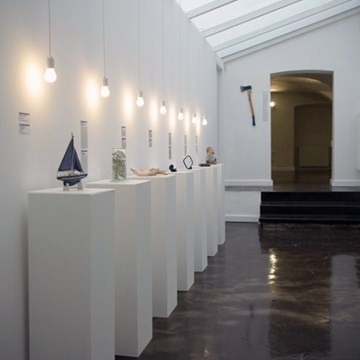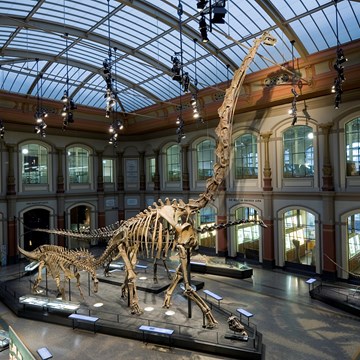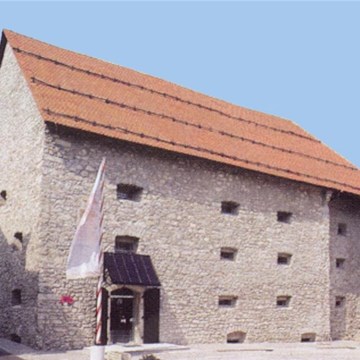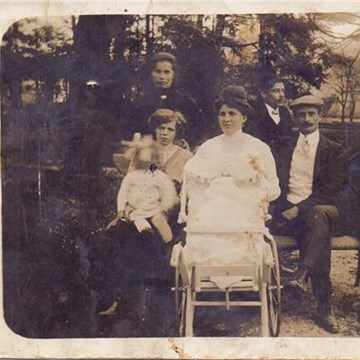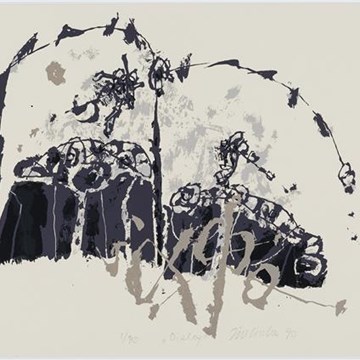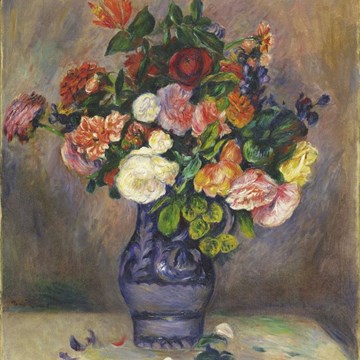Courting to contract: Love and marriage in Iran
This small display celebrates the traditions associated with love, courtship and marriage in Iran and neighbouring regions.
‘A heart without love is a body without a soul. A soul lives forever because of love.’ So wrote the Persian poet, scholar and mystic, Jami (1414–1492), on love – of all subjects, perhaps the most universal to humankind. In Persianate culture, the theme of love has permeated literature, art and music for thousands of years.
In the display, love and courtship are explored through drawings, illustrated manuscript pages and objects, depicting intimate scenes and classical Persian accounts of celebrated romances. Illuminated Persian marriage contracts (ghabaleh), along with a Judaeo-Persian example (ketubbah) and an Old Babylonian contract carved onto a clay tablet, reflect the legal and social aspects of marriage and its roots in ancient tradition. The works are complemented by a number of richly embroidered textiles, including wedding garments and accessories.
Dating mainly between the 1500s and the 20th century, these objects situate love and marriage within the histories, narratives and contexts of people from the Middle East and Central Asia.
Suitable for
Family friendly
Website
www.britishmuseum.org/whats_on/exhibitions/love_and_marriage_in_Iran.aspx
Exhibitions and events
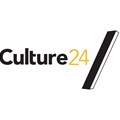
Sutton Hoo and Europe, AD 300–1100
Permanent exhibitionThe centuries AD 300–1100 witnessed great change in Europe. The Roman Empire broke down in the west, but continued as the Byzantine Empire in the east. People, objects and ideas travelled across the...

Babel, babbling and the British Museum
Event at British Museum on 26.11.2041 13:15A gallery talk by Irving Finkel, British Museum. Gallery talks last 45 minutes. They are given by Museum staff or guest speakers and are suitable for all levels of knowledge. Admission Free
Activities from this museum
We don't have anything to show you here.


